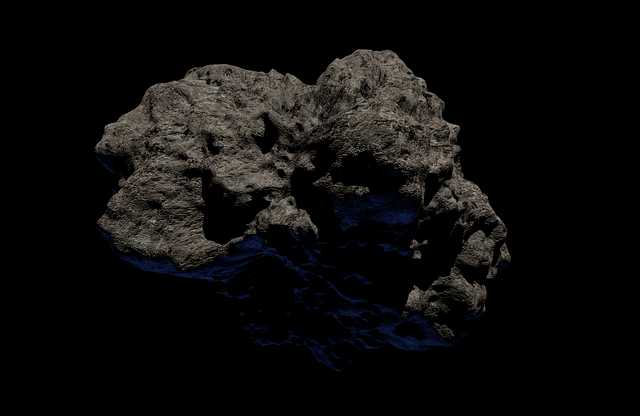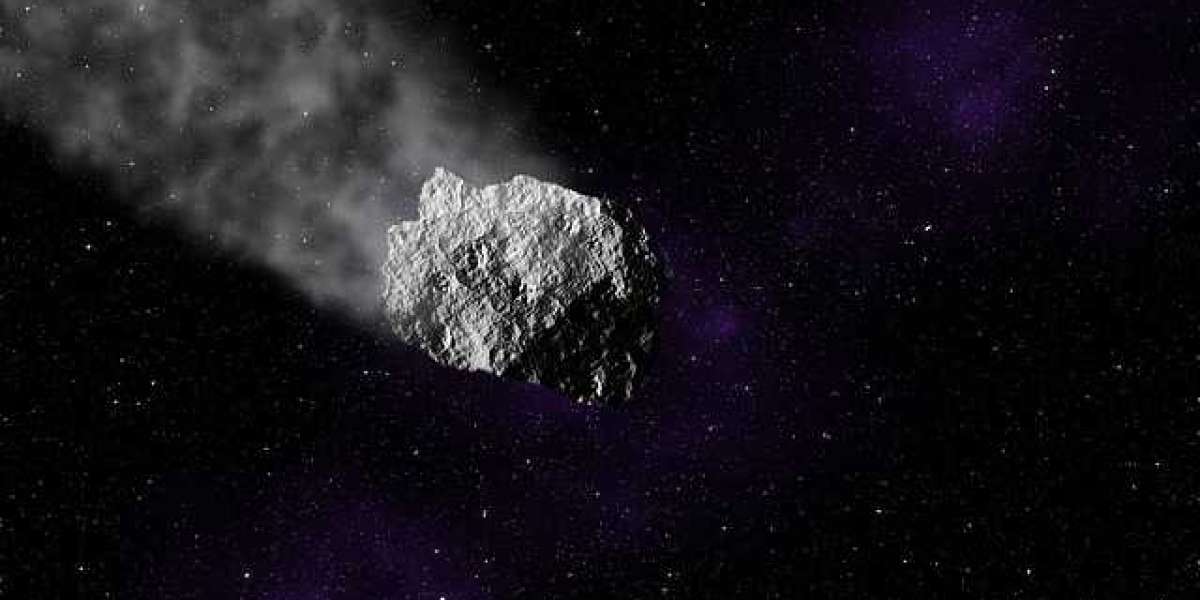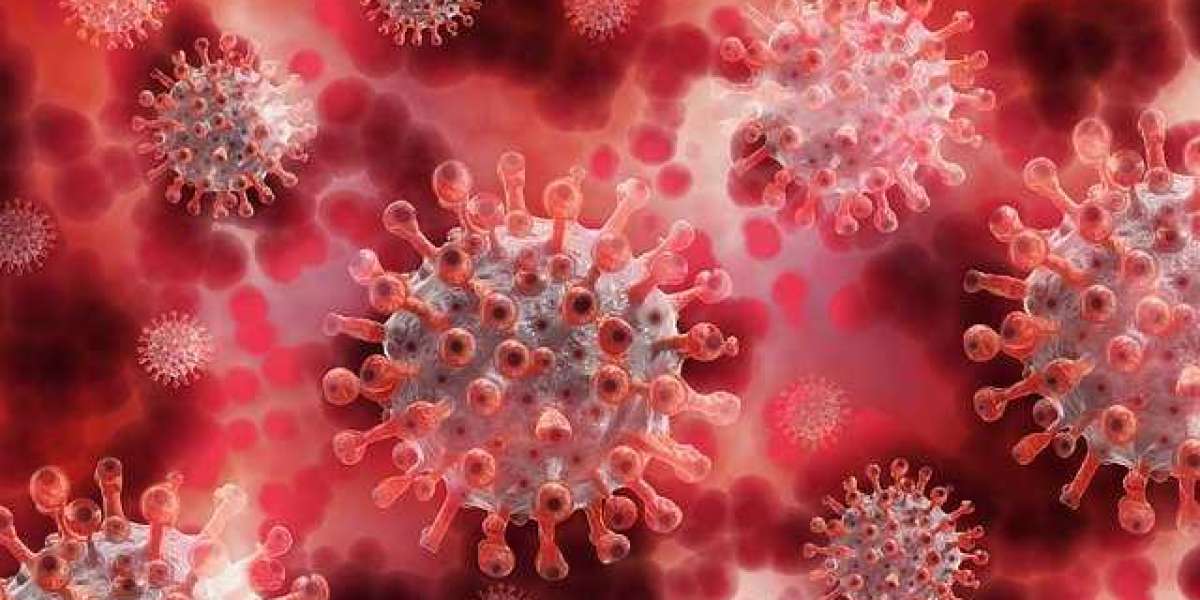Almost a year after the arrival of a sample of the asteroid Ryugu on Earth, scientists were able to discover a number of interesting details about its composition. As many as three scientific papers covering the asteroid's composition were published in January, including one published in the journal Science, which focuses on the relationship between the matter we discovered on the asteroid and those collected after Hayabusa 2 landed.
The research conducted on the sample opens a window into a part of history - a period during which the solar system was just emerging. The discoveries also clarified the mystery surrounding all the meteorites we have collected to date. Specifically, the first sample processed by scientists comes from Ryugu's surface while the second was collected using a disk that the satellite fired into an asteroid to make a crater and snatch a piece of the 'interior' - places unaffected by space time.
Hayabusa's descent toward the asteroid was captured on camera and revealed an interesting thing - the shape of the material that Ryugu dropped during the spacecraft's descent is very similar to that in the sample capsule, suggesting both samples are actually part of the surface - the other may have had some underground material. , but so far we have not been able to distinguish it.
Scientists in the laboratory found that soil samples are very fragile and that their density is relatively low, which means that they are porous. Their composition and behavior are very similar to clay. The samples from Ryugu are also very dark, much darker than any meteorite we were able to collect.

The secret of the meteorite
The solar system is full of asteroids, pieces of rock much smaller than the average planet. By observing asteroids with a telescope and analyzing the spectrum of light reflected from them, we were able to classify them into three key groups: group C, which is mostly made of carbon, group M, which is made of metal, and finally group S, which is made of silicon.
When an asteroid comes close to Earth, it can, depending on its size, be seen as a meteor while leaving a bright trail in the sky during warming caused by the friction of our atmosphere. If he manages to survive the flight and land, there's a chance we'll find a rock we call a meteorite.
Most of the asteroids we see in solar orbit are dark in color and belong to group C. Depending on their spectrum, group C is very similar in composition to meteorites called carbon chondrites - rich in organic and unstable compounds such as amino acids, which may have been a source of protein. originated life on Earth. Although, according to The Next Web, 75 percent of asteroids belong to group C, only five percent are carbon chondrites, which begs the question: if group C is so common, why don’t we see their remains in the meteorites we find on Earth? Ryugu gave us the answer.
Samples from a distant asteroid and, we assume, other C-group asteroids are too fragile to survive entry into Earth's atmosphere. If they reach us at a speed of 15 kilometers per second, which is common for meteors, they burn long before they reach the ground.
The dawn of the solar system
The samples from Ryugua belong to a rare subgroup of carbon chondrites called CI, where C means carbon and I means Ivuna, which is a reference to a meteor found in 1938 in Tanzania. These meteorites are part of the 'clan' chondrites, but they have particles called chondrules, round grains the color of green olives that are formed by the crystallization of dissolved droplets.
Such meteorites are unique because they consist of the same matter in the same proportions as our Sun, with the only difference being that in the case of the Sun they are in a gaseous state. Scientists are convinced that the reason lies in the fact that CI chondrites come from clouds of dust and gas that collapsed at some point to form the Sun and the rest of the system. Unlike rocks on Earth, where four and a half billion years of geological processing have changed the proportions of the elements we encounter in the crust, CI chondrites are intact patterns of the planetary ‘Lego bricks’ of our system. For all the above reasons, we found only 10 CI chondrites on Earth, with the heaviest one weighing 20 kilograms. These objects are, in the context of the scientific community, rarer than Martian soil samples.
What are the chances that then, from the first asteroids from group C, we get the rarest one? It seems that the rarity of CI meteorites on Earth can be attributed to their fragile structure and small chances of surviving entering our atmosphere. Missions such as Hayabusa2 and its predecessor Hayabusa and NASA's Osiris-REx are slowly filling gaps in our knowledge of asteroids. By bringing samples to Earth, we will discover the details of the history of these objects and, over time, of our entire system.



